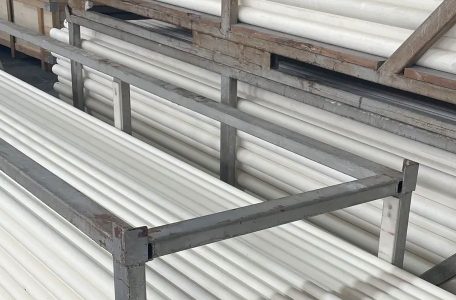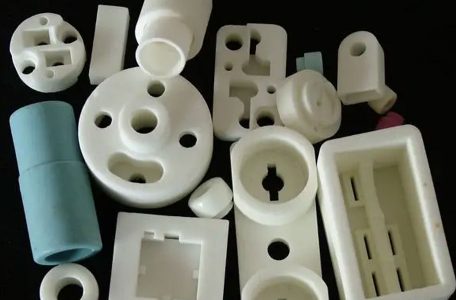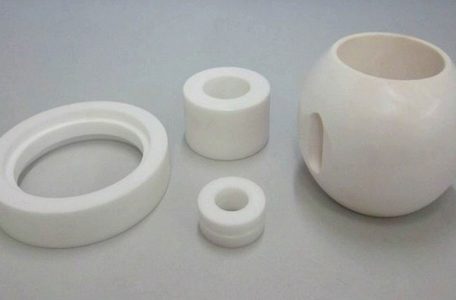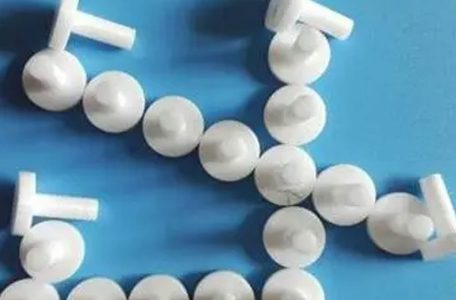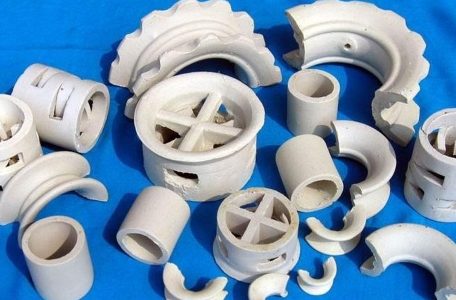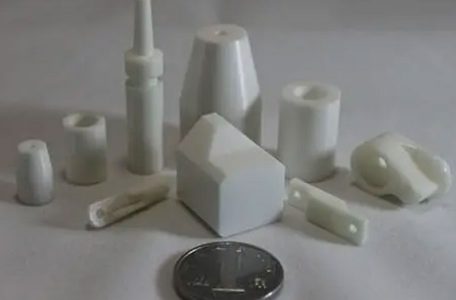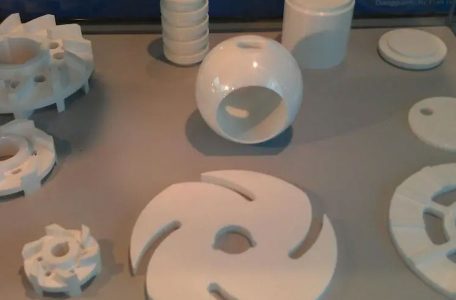With the continuous development and progress of science and technology, wear-resistant ceramic rods with superior performance have been widely used in various fields, so what should be paid attention to when using wear-resistant ceramic rods? Next, Pintejin Ceramics will introduce to you. 1. The surface temperature should not be too high Even a very durable wear-resistant ceramic rod needs to pay attention to the temperature of the use environment, because its service time will be shortened due to the continuous increase of the use temperature. When the temperature of the wear-resistant ceramic rod exceeds the upper limit of the furnace, the oxidation rate will be accelerated and the service time Read more
What are the advantages of zirconia ceramic rods over traditional ceramic rods? Traditional ceramic rods are made from traditional ceramic clay as raw material. With the development and needs of science and technology, traditional ceramics have obviously been unable to meet people’s needs. Especially in terms of industrial ceramics, we need ceramic rods with better performance, so the ceramic rods made of zirconia material came into being. To give a simple example, the zirconia ceramic blade is currently the sharpest and hardest in the world, enough to see its advantages. Generally, in the internal parts of rockets and missiles, there will be nose cones and wave-transmitting ceramic radomes. These are Read more
Zirconia ceramic spool is a better spool, which has the characteristics of strong wear resistance and good sealing performance. The heart of the faucet is its valve core. To choose a good faucet, you must first understand the valve core of the faucet. Now the common valve cores mainly include: stainless steel valve core, copper valve core and ceramic valve core. The stainless steel valve core is a kind of faucet valve core with high technology content at present, but if the stainless steel material is not qualified, it is easy to rust and pollute the water quality. The copper spool is the heaviest and most expensive spool. It also Read more
Zirconia ceramic plastic clay mass is a plastic-viscous system composed of solid phase, liquid phase and gas phase, and is composed of powder, binder, plasticizer and solvent. The important difference between zirconia ceramic plastic clay mass and slurry is the difference in solid-liquid ratio. The water content of zirconia ceramic plastic mud is generally 19% to 26%, while the water content of the slurry is as high as 30% to 35%. There are two forces between the particles of the mud mass: Suction, mainly van der Waals force, electrostatic attraction and capillary force. The suction range is about 2nm. The capillary force is the main source of the gravitational force Read more
The shaft is supported by zirconia ceramic bearings, and the shaft segment matched with the bearing is called the journal. The journal is the assembly benchmark of the shaft, and their accuracy and surface quality are generally required to be high. The technical requirements are generally formulated according to the main function and working conditions of the shaft, and usually include the following items: (1) Dimensional accuracy of zirconia ceramic bearings In order to determine the position of the shaft, the journal of the zirconia ceramic bearing that supports the bearing usually requires high dimensional accuracy (IT5~IT7). The dimensional accuracy of the journal for assembling transmission parts is generally low Read more
There are many methods for surface metallization of industrial ceramic substrates. The co-firing method is introduced above. Through high temperature or low temperature co-firing, the performance of zirconia ceramics and alumina ceramic substrates is enhanced and more beautiful. Next, Pintejin Ceramics will continue to introduce the surface metallization of thick film method. The thick film method refers to the production process in which the conductive paste is directly coated on the ceramic substrate by screen printing, and then sintered at high temperature to make the metal layer firmly attached to the ceramic substrate. The choice of thick film conductor paste is a key factor in determining the thick film process, Read more
Zirconia ceramic structural parts can be metallized through some processes. The following Pintejin Ceramics Factory will take you to understand this technology. The metal of the zirconia ceramic structure is melted, and the cross section begins to be filled with its F form, and the fusion of its F4FH weld is carried out through the metal section, and the fusion ratio is 7. When its size affects welding, the composition and the mechanical properties of the product combination can be compared, and the proportion of the weld of the entire metal is a part of the size, so when the steel of the weld is compared with the chemical difference, Read more
With the continuous development and progress of science and technology, zirconia ceramics have been widely used in various fields, so how to solve the problem of sintering and cracking of zirconia ceramics? Next, Pintejin ceramics will introduce to you. Due to the high hardness of stabilized zirconia ceramics, it is generally used in a steel ball mill for ductile ink, pickling after the ductile ink, and then neutralized with water and dried. The zirconia ceramics are formed by grouting, and the neutral slurry is prepared in the ceramic ball mill with the above materials. Powder (small and 0.05um), the purity is 99.5%. Sintering: In a neutral or oxidizing atmosphere, sintering Read more
The precipitation method is also a commonly used method in the extraction method of zirconia ceramic raw materials. The following Pintejin Ceramics Factory will take you to understand the precipitation method. The precipitation method is a method of adding alkaline substances such as ammonia water to the mixed aqueous solution of water-soluble salts such as carboxyl zirconium chloride and stabilizer salts to obtain the co-precipitation of their hydroxides. After drying the coprecipitate, colloidal amorphous is generally obtained, which is calcined at about 500~700℃ to make ZrO2 powder. This method can prepare powder with fine particle size, good chemical uniformity and easy sintering. Zirconia ceramic rod In the general co-precipitation method, Read more
The sol-gel method is a method of converting a sol with a concentrated metal oxide or hydroxide into a gel, and then drying the gel and then calcining it to obtain an oxide. The sol of ceramic powder will be further elaborated by Pintejin ceramic manufacturer below. The sol of ceramic powder first causes fine particles to be suspended in an aqueous solution (sol), and then drops the sol into a dehydrating solvent to make the particles agglomerate into a colloid (ie gel), and then remove the solvent or allow the solute to precipitate. turns into a gel. The pH value of the solution, the ionic or molecular concentration of Read more

Ceramic Machining Industry
- Ceramic Flange
- Ceramic Nozzle
- Ceramic Pin
- Ceramic Plunger
- Ceramic Rod
- Ceramic Shaft/Ceramic Sleeve
- Ceramic Structure Parts
- Ceramic Valve
- Ceramics Cutter
- Electronic Ceramics
- Medical Food Ceramics
- Petrochemical Ceramics
- Photovoltaic Ceramic
- Semiconductor Ceramics
- Microporous Ceramic Suction Cup
- Lithium Battery Ceramic Pump
